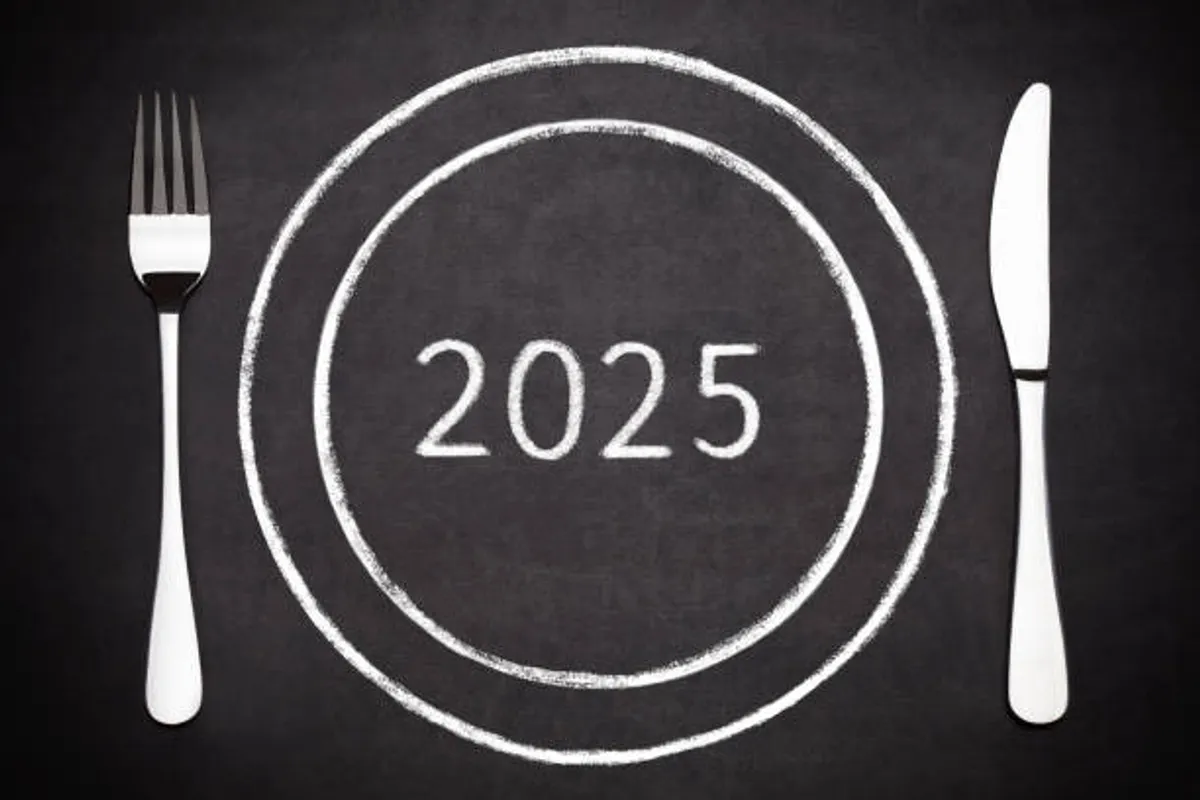
How to Lose Belly Fat: Science-Backed Strategies

GeokHub
Contributing Writer
Losing belly fat, particularly visceral fat that surrounds internal organs, is a common fitness goal due to its impact on health and aesthetics. Excess visceral fat is linked to increased risks of type 2 diabetes, heart disease, and metabolic syndrome, according to the Mayo Clinic. While spot reduction (targeting fat loss in one area) is not possible, science-backed strategies can help reduce overall body fat, including belly fat, through sustainable lifestyle changes. Here’s a comprehensive guide to effective, evidence-based methods.
1. Adopt a Balanced, Calorie-Controlled Diet
Why it works: Reducing body fat requires a calorie deficit—burning more calories than you consume. A 2020 study in Obesity Reviews found that a consistent calorie deficit of 500–750 calories daily leads to sustainable fat loss of 1–2 pounds per week.
How to do it:
- Prioritize whole foods: Focus on nutrient-dense foods like vegetables, lean proteins (chicken, fish, tofu), whole grains (quinoa, brown rice), and healthy fats (avocado, nuts). These keep you full longer, reducing cravings.
- Limit refined carbs and sugars: Foods like white bread, pastries, and sugary drinks spike insulin levels, promoting fat storage. A 2017 Journal of Nutrition study linked reduced sugar intake to lower visceral fat.
- Track calories: Use apps like MyFitnessPal to monitor intake. Aim for a 10–15% calorie reduction based on your maintenance needs (e.g., 1,700–2,000 calories for a 2,000-calorie baseline).
- Increase protein: A 2015 American Journal of Clinical Nutrition study showed that diets with 25–30% protein (1.2–1.6g per kg of body weight) preserve muscle and boost fat loss. For a 70kg person, that’s 84–112g daily.
2. Incorporate Regular Exercise
Why it works: Exercise burns calories, improves metabolism, and reduces visceral fat. A 2019 Medicine & Science in Sports & Exercise study found that combining aerobic and resistance training is most effective for belly fat reduction.
How to do it:
- Aerobic exercise: Aim for 150–300 minutes of moderate-intensity cardio weekly, such as brisk walking, cycling, or running. High-intensity interval training (HIIT), like 20 minutes of sprint intervals, burns more fat in less time, per a 2018 Sports Medicine study.
- Strength training: Perform resistance exercises (e.g., squats, deadlifts, push-ups) 2–3 times weekly to build muscle, which increases resting metabolism. A 2021 Journal of Obesity study showed strength training reduces visceral fat by 10–15% over 12 weeks.
- Core exercises: While crunches won’t directly burn belly fat, they strengthen abdominal muscles, improving posture and appearance. Include planks and leg raises 2–3 times weekly.
3. Prioritize Sleep and Stress Management
Why it works: Poor sleep and high stress elevate cortisol, a hormone that promotes fat storage in the abdomen. A 2016 Sleep journal study linked sleeping less than 6 hours nightly to a 13% increase in visceral fat.
How to do it:
- Aim for 7–9 hours of sleep: Maintain a consistent sleep schedule and create a restful environment (dark, quiet, cool). Avoid screens 1 hour before bed to improve sleep quality.
- Manage stress: Chronic stress triggers cortisol spikes. Practice mindfulness, meditation, or yoga for 10–15 minutes daily. A 2020 Psychoneuroendocrinology study found that 8 weeks of mindfulness reduced abdominal fat by 7%.
- Limit caffeine and alcohol: Both can disrupt sleep and increase cortisol. Cap coffee at 1–2 cups daily and alcohol at 1 drink for women or 2 for men, per CDC guidelines.
4. Stay Hydrated and Limit Processed Foods
Why it works: Proper hydration supports metabolism, while processed foods high in trans fats and sodium cause bloating and fat retention. A 2019 Nutrients study showed that adequate water intake enhances fat oxidation during exercise.
How to do it:
- Drink 2–3 liters of water daily: Adjust based on activity level and climate. For example, a 70kg person needs about 2.5 liters, per the National Academy of Medicine.
- Avoid trans fats: Found in fried foods and packaged snacks, trans fats increase visceral fat, per a 2014 American Journal of Public Health study. Check labels for “partially hydrogenated oils.”
- Reduce sodium: Excess salt causes water retention, mimicking belly fat. Keep intake below 2,300mg daily, as recommended by the American Heart Association.
5. Monitor Progress Without Obsessing
Why it works: Tracking progress sustains motivation, but fixating on scale weight can be misleading due to muscle gain or water fluctuations. A 2022 International Journal of Obesity study emphasized measuring waist circumference for accurate fat loss tracking.
How to do it:
- Measure waist circumference: Use a tape measure weekly at the navel. A reduction of 1–2 cm per month indicates fat loss.
- Take photos or use clothing fit: Visual changes often precede scale shifts. Try on the same pair of jeans weekly.
- Avoid daily weigh-ins: Weigh yourself once weekly under consistent conditions (e.g., morning, pre-meal) to track trends.
6. Be Consistent and Patient
Why it works: Sustainable fat loss takes time, as rapid weight loss often leads to muscle loss and rebound weight gain. A 2023 Lancet study found that gradual fat loss (0.5–1kg weekly) is more likely to be maintained long-term.
How to do it:
- Set realistic goals: Aim for 5–10% body fat reduction over 3–6 months. For example, losing 5kg of fat for a 70kg person is achievable in 12–24 weeks.
- Build habits: Start with small changes, like a 15-minute daily walk or swapping soda for water. A 2021 Nature study showed habit formation takes 66 days on average.
- Plan for setbacks: If you overeat or miss a workout, resume the next day. Consistency over perfection is key.
Common Myths to Avoid
- Myth: Spot reduction works. Crunches don’t target belly fat; only overall fat loss reduces abdominal fat.
- Myth: Supplements burn belly fat. Fat burners lack evidence and are less effective than diet and exercise, per a 2020 Nutrition review.
- Myth: Carbs cause belly fat. Whole carbs like oats are fine; it’s excess calories, not carbs, that drive fat gain.
Sample Weekly Plan
- Diet: 1,800 calories daily (500-calorie deficit), with 100g protein, 50g fat, 200g carbs. Example meal: grilled chicken (150g), quinoa (100g), broccoli (200g), olive oil (1 tbsp).
- Exercise: 4 days cardio (30 min jogging), 3 days strength (45 min full-body weights), 2 days core (10 min planks/leg raises).
- Sleep/Stress: 7.5 hours sleep, 10 min daily meditation.
- Hydration: 2.5 liters water daily, no sugary drink.








